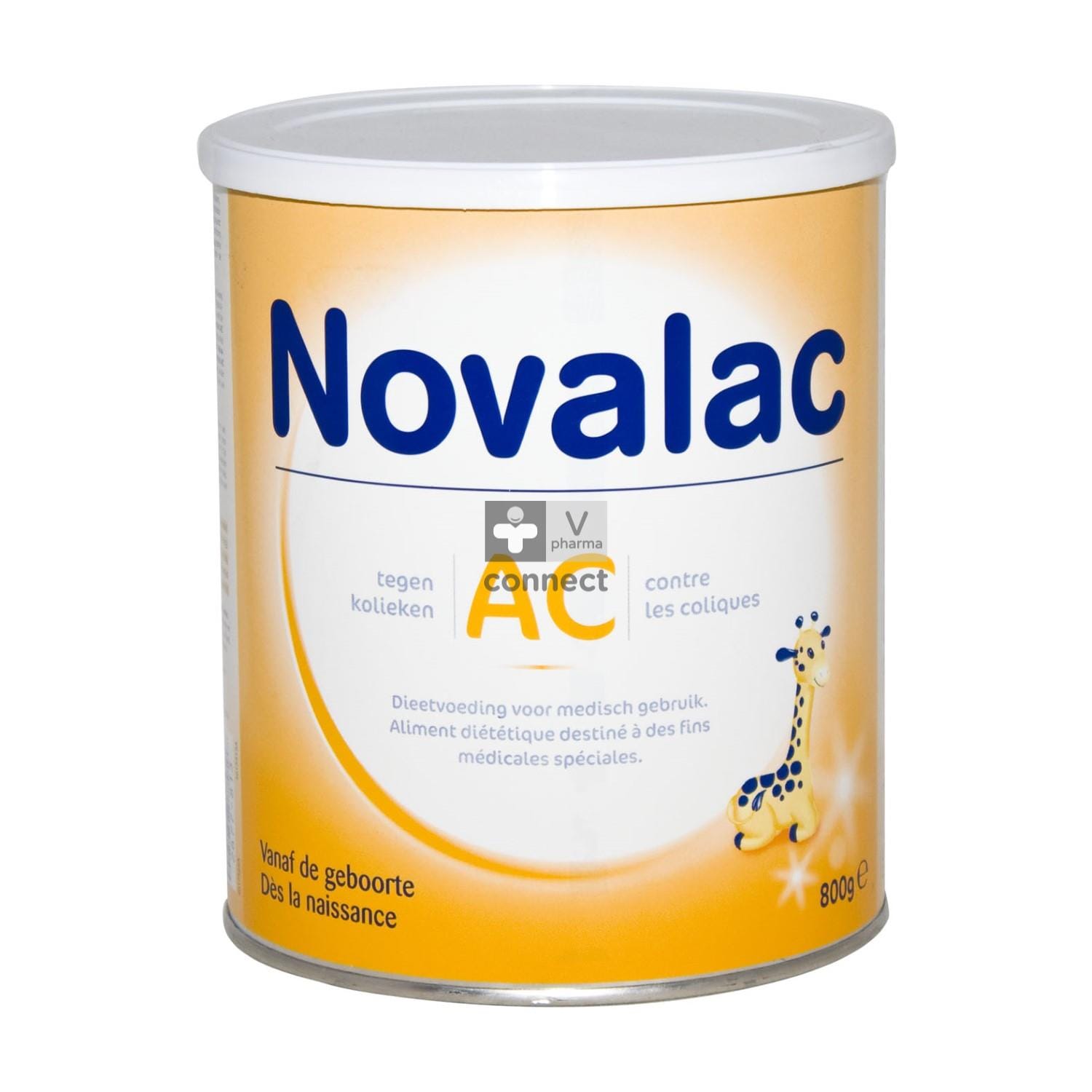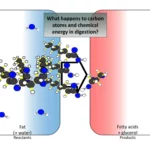Understanding Novolac Resins: Structure and Properties
Novolac resins, a fascinating class of thermoplastic polymers, are renowned for their remarkable strength, heat resistance, and ability to withstand harsh chemicals. These properties stem from their high aromatic content and unique molecular structure, which can be tailored for specific applications. Think of them as the reliable workhorses of the material world, quietly playing essential roles in numerous industries.
One of the key characteristics of novolac resins is their ability to withstand high temperatures without easily melting or catching fire. This heat resistance makes them indispensable in applications where other materials would falter, such as electrical components that need protection from overheating or coatings that must endure extreme temperatures.
Novolacs also exhibit impressive resistance to electricity and a wide range of chemicals, further expanding their utility. This resilience makes them ideal for use in electronics as insulators and protective coatings for surfaces exposed to corrosive substances. But what exactly are these remarkable resins, and how are they made?
Novolac resins are synthesized through a carefully controlled chemical reaction involving phenol and formaldehyde. Imagine it as baking a cake, but instead of flour and sugar, we use these chemical building blocks. These ingredients are combined in precise ratios and then “baked” under specific conditions to produce the final novolac resin. The beauty of this process is that the “recipe” can be tweaked to create resins with varying properties, making them incredibly versatile.
Exploring the Diverse Applications of Novolac
Now that we understand what novolac resins are and their unique properties, let’s explore the many ways they enhance our daily lives.
You might be surprised to learn that novolac resins are often found in everyday items like epoxy glues, those incredibly strong adhesives that bond almost anything together. They are also used in molding compounds, which are essential for creating durable parts for cars, electrical connectors, and countless other products.
Ever wondered what gives non-stick cookware its remarkable durability? Novolac resins often contribute to these tough coatings, ensuring your food doesn’t stick and your pans last longer. Their versatility extends even further, playing crucial roles in the production of printing inks and the tiny components found within our electronic devices.
Here’s a closer look at some key applications:
- Epoxy Resins: Novolacs act as hardeners or curing agents in epoxy resin systems, providing the strength and durability these adhesives are known for. These epoxy systems are used extensively in adhesives, coatings, composites, and electronics.
- Molding Compounds: The ability of novolac resins to withstand high temperatures and maintain their shape makes them ideal for molding compounds used to create intricate and durable parts. Applications include electrical connectors, automotive components, and various appliances.
- Protective Coatings: Novolac-based coatings provide a robust barrier against harsh conditions, protecting surfaces from corrosion, chemicals, and wear and tear. They are commonly used for coating metals, lining cans to preserve food freshness, and manufacturing durable brake linings.
- Rubber Enhancement: The addition of novolac resins to rubber products, such as belts, tubes, and tires, improves their resistance to heat, wear, and degradation, increasing their lifespan and performance.
- Electrical Insulation: The excellent electrical insulation properties of novolac resins make them critical components in electronics. They help prevent short circuits and ensure the safe and efficient operation of electronic devices.
Delving Deeper: Novolac Coatings
Let’s take a closer look at novolac coatings, which deserve special mention for their exceptional performance in demanding environments. These coatings are the unsung heroes of the industrial world, providing a shield against the harshest conditions.
Unlike conventional paints, novolac coatings are formulated by combining an epoxy novolac resin with a hardener. Think of it as a two-part system where each component plays a crucial role in creating the final, robust coating. This unique formulation results in a tightly cross-linked molecular structure, giving novolac coatings their remarkable durability and resistance.
But what exactly can these coatings withstand?
- Extreme Temperatures: Novolac coatings can handle scorching heat, making them ideal for applications where other coatings would fail.
- Chemical Exposure: From acids and solvents to alkalis and corrosive substances, novolac coatings provide a barrier against a wide range of chemicals, protecting surfaces from damage.
- Physical Impact: These coatings exhibit excellent resistance to abrasion, impact, and weathering, ensuring long-lasting protection for surfaces exposed to harsh mechanical conditions.
These properties make novolac coatings ideal for demanding applications, such as:
- Industrial Flooring: Factory floors endure constant abuse from heavy machinery, chemical spills, and foot traffic. Novolac coatings provide a durable and long-lasting solution, protecting these surfaces and reducing maintenance costs.
- Tank Linings: Storage tanks containing corrosive liquids require robust linings to prevent leaks and contamination. Novolac coatings provide the necessary chemical resistance and durability, ensuring the safe containment of these substances.
Novolac and Bakelite: Understanding the Connection
The terms “novolac” and “Bakelite” are often used in the same breath, leading to some confusion. While related, they are not interchangeable. To understand their connection, imagine novolac as the starting point, a versatile building block.
Novolac, with its linear or slightly branched structure, possesses the ability to soften upon heating and solidify upon cooling. This characteristic makes it ideal for applications like coatings and adhesives.
Bakelite, on the other hand, is what we get when we take novolac and subject it to a process called “cross-linking.” During cross-linking, the linear chains of novolac are chemically bonded, creating a three-dimensional network structure. This cross-linked structure is what gives Bakelite its legendary strength, heat resistance, and electrical insulation properties.
Think of it this way:
- Novolac: The versatile building block, moldable and adaptable.
- Bakelite: The robust final product, strong, heat-resistant, and electrically insulating.
While Bakelite was one of the first synthetic plastics to gain widespread use, finding its way into telephones, radios, and even jewelry, novolac continues to be a valuable material in its own right, particularly in epoxy resins and high-performance coatings.
The Future of Novolac: Innovation and Sustainability
Research into novolac resins is ongoing, with scientists continuously seeking to enhance their properties and explore new applications.
Here are some exciting areas of development:
- High-Performance Materials: Researchers are exploring ways to push the limits of novolac’s properties, developing versions with even higher glass transition temperatures for use in extreme environments, improving mechanical strength and toughness for demanding applications, and enhancing flame retardancy for greater safety.
- Sustainable Solutions: As sustainability takes center stage, there is a growing focus on developing eco-friendly novolac resins. This includes using bio-based phenols derived from renewable sources like lignin (a byproduct of the paper industry), exploring less toxic catalysts and solvents for a reduced environmental footprint, and developing recyclable or biodegradable novolac-based materials.
These advancements hold tremendous promise for the future of novolac resins, paving the way for their use in cutting-edge fields:
- 3D Printing: Novolac-based materials are being explored for 3D printing applications, enabling the creation of objects with intricate designs and high strength.
- Nanotechnology: The unique properties of novolacs make them attractive for use in nanotechnology, where they can be used to create nanoscale structures for various applications.
- Advanced Composites: Novolac resins are being incorporated into advanced composite materials, enhancing their strength, heat resistance, and overall performance in demanding industries like aerospace and automotive.
Conclusion
Novolac resins, with their unique properties and seemingly endless potential, represent a testament to human ingenuity. From everyday adhesives and coatings to advanced materials pushing the boundaries of technology, novolacs impact our lives in countless ways.
As research and development continue, we can expect even greater things from these versatile polymers. The future holds exciting possibilities for novolac resins, driven by the pursuit of high-performance materials, sustainable solutions, and innovations that will shape the world around us.
















